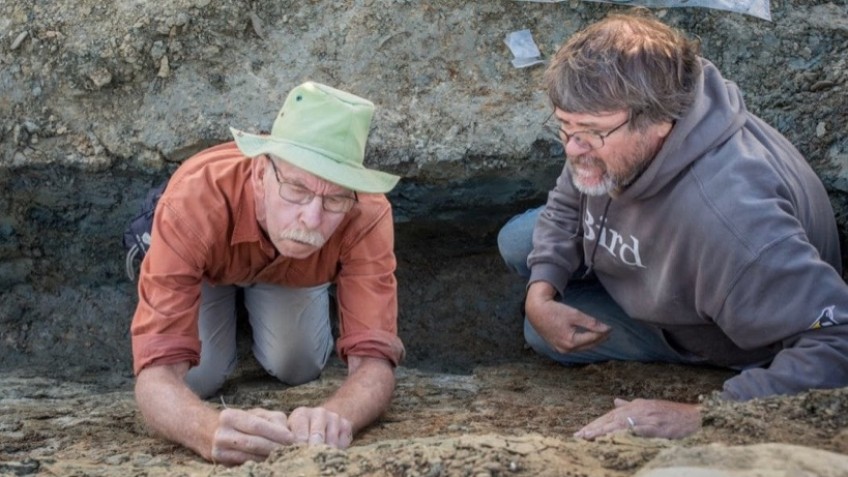Kiwi actually an Australian immigrant, experts say

Some species long thought to be native to New Zealand are actually Australian immigrants, new research has found.
Palaeontologists excavating the St Bathans fossil site in Central Otago say kiwi, moa and takahē came from Australia just a few million years ago.
Canterbury Museum senior curator of natural history Paul Scofield was involved in the excavation, and told Morning Report it had long been thought the moa and kiwi were ancient New Zealanders, but there were other species far more ancient.
"Most of the birds we see around us today are quite recent Australian immigrants.
"The little Latia limpet, a limpet which can't cross the sea and must have been on land when we drifted away from Gondwana, whereas the kiwi and moa, the DNA has shown that those species diverged from animals on Gondwana and in South America and Madagascar far more recently - only 30 - 40 million years ago."
But the kākāpō is one of the true ancient species of New Zealand.
"The kākāpō is one of the most ancient groups that is currently in the New Zealand bird world, and the other important one is the wren, the New Zealand wren and the rifleman."
Scofield said the work at St Bathans found some amazing fauna, including bats and crocodiles, which were the true ancient New Zealanders.
"We had two species of crocodile, we had an amazing assortment of bats, including one species of bat that was possibly secondarily flightless, so it only walked around on the ground.
"New Zealand was a very bizarre place 20 million years ago, far different from what we see today."
Artist’s impression of a New Zealand burrowing bat, Mystacina robusta. Photo: Gavin Mouldey / supplied
The team Scofield was working with had been at the St Bathans site for 23 years, and were still finding new species.
The team identified new species by finding individual bones that had been washed could then piece together the history of the species.
"We're still awaiting a complete crocodile skull or jaw, but we've certainly assembled many of the bones of the crocodile, and that's telling an interesting story."
Scofield also urged people to consider these new findings when voting for Bird of the Year, so as not to crown an Australian immigrant with the title.
Main image (Supplied/Canterbury Museum): Al Mannering and Dr Paul Scofield.





















